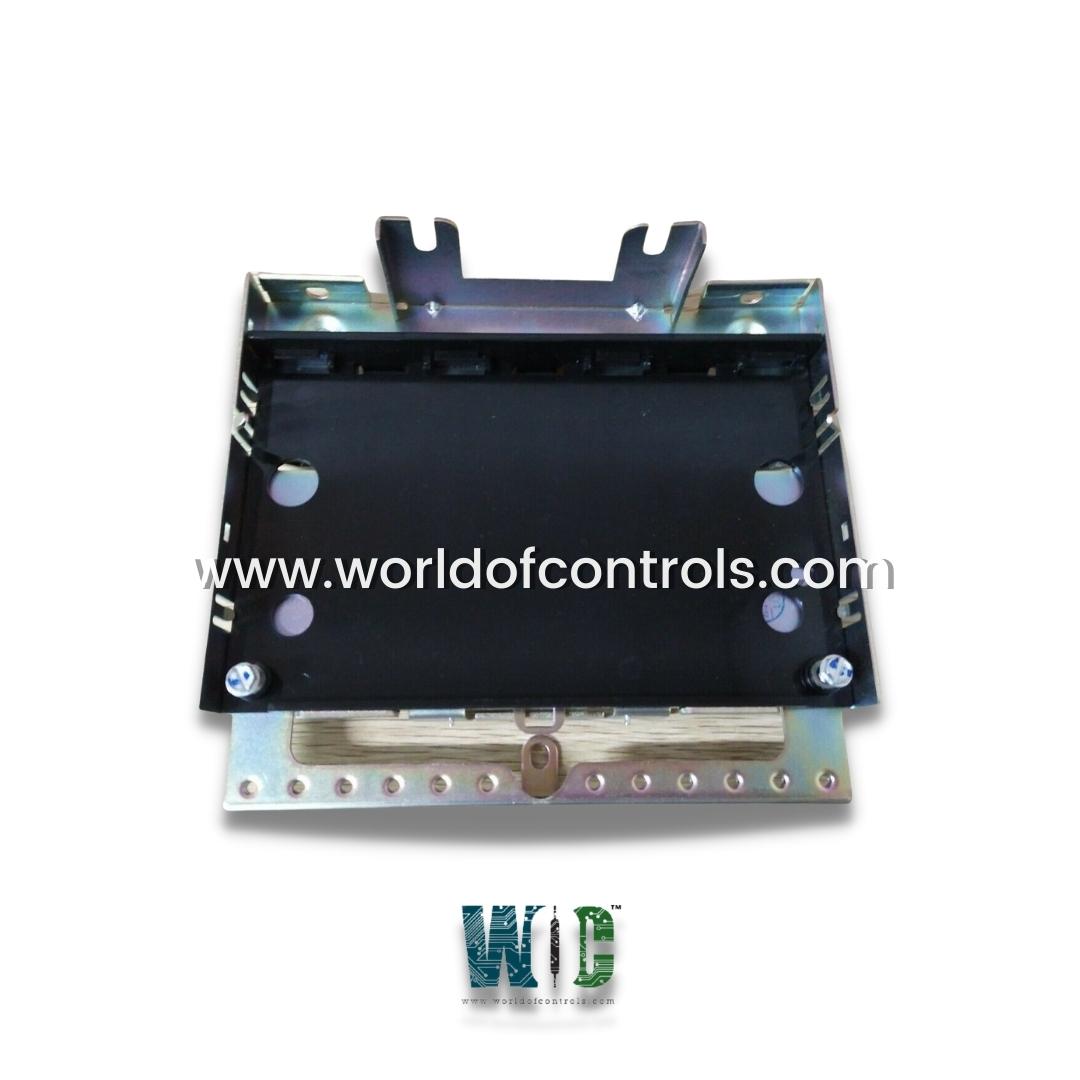
World Of Controls understands the criticality of your requirement and works towards reducing the lead time as much as possible.
IS230SRTD2ASRTD2AG11 - Simplex Resistance Temperature Detector Input Card is available in stock which ships the same day.
IS230SRTD2ASRTD2AG11 - Simplex Resistance Temperature Detector Input Card comes in UNUSED as well as REBUILT condition.
To avail our best deals for IS230SRTD2ASRTD2AG11 - Simplex Resistance Temperature Detector Input Card, contact us and we will get back to you within 24 hours.
SPECIFICATIONS:
Part Number: IS230SRTD2ASRTD2AG11
Manufacturer: General Electric
Series: Mark VIe
Number of Channels: 8
Microprocessor: Intel Celeron 650 MHz
Memory: 128 MB SDRAM
Operating system: QNX
Programming: Boolean
Product Type: Simplex Resistance Temperature Detector Input Card
Voltage Range: 14 to 32 V dc
Maximum Lead Resistance: 15 Ω
Storage temperature: -40 to 80° C
Operating temperature: 0 to 70° C
Technology: Surface mount
Size: 16.2 cm high x 8.6 cm
Repair: 3-7 Day
Availability: In Stock
Weight: 2 lbs
Country of Origin: United States
Manual: GEh-6721D
FUNCTIONAL DESCRIPTION:
IS230SRTD2ASRTD2AG11 is a Simplex Resistance Temperature Detector Input Card manufactured and designed by General Electric as part of the Mark VIe Series used in GE Distributed Control Systems. SRTD board is a compact RTD terminal board, designed for DIN-rail or flat mounting. The board has eight RTD inputs and connects to the PRTD or VRTD I/O processor. High-density Euro-block type terminal blocks are mounted to the board. An on-board ID chip identifies the board to the I/O processor for system diagnostic purposes. In the Mark VIe systems, the PRTD I/O pack works with the SRTD. The I/O pack plugs into the DC-37 pin connector and communicates with the controller over Ethernet. Only simplex systems are supported.
OPERATION:
The SRTD and a plastic insulator mount on a sheet metal carrier which, mounts on a DIN rail. Optionally the SRTD and insulator mount on a sheet metal assembly bolts directly in a cabinet. The eight RTDs are wired directly to the Euro-style box-type terminal block, which has 36 terminals and is available in two types. Typically #18 AWG wires (shielded twisted triplet) are used. The I/O cable shield terminal uses an external mounting bracket supplied by GE or the customer. Terminals 25 through 34 are not connected. E1 and E2 are mounting holes for the chassis ground screw connection (SCOM).
INSTALLATION:
The SRTD and a plastic insulator mount on a sheet metal carrier which, mounts on a DIN rail. Optionally the SRTD and insulator mount on a sheet metal assembly bolts directly in a cabinet. The eight RTDs are wired directly to the Euro-style box-type terminal block, which has 36 terminals and is available in two types. Typically #18 AWG wires (shielded twisted triplet) are used. The I/O cable shield terminal uses an external mounting bracket supplied by GE or the customer. Terminals 25 through 34 are not connected. E1 and E2 are mounting holes for the chassis ground screw connection (SCOM).
WOC has the largest stock of OEM Replacement Parts for GE Distributed Turbine Control Systems. We can also repair your faulty boards and supply unused and rebuilt boards backed up with a warranty. Our team of experts is available round the clock to support your OEM needs. Our team of experts at WOC is happy to assist you with any of your automation requirements. For pricing and availability on parts and repairs, kindly contact our team by phone or email.
What is the temperature range supported by the Simplex RTD Input Card?
Depending on the RTD type, the input card can handle temperatures from -200°C to 850°C. It’s important to check the specifications of the specific RTD sensor being used.
How many channels are available on the Simplex RTD Input Card?
This varies by model, but typical Simplex RTD Input Cards can support multiple RTD sensors, often with 4 to 16 channels per card.
What kind of communication protocol does the Simplex RTD Input Card support?
Simplex RTD Input Cards typically communicate via protocols such as Modbus, Profibus, or proprietary communication protocols for integration with control systems.